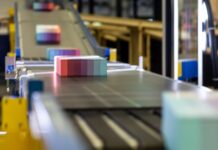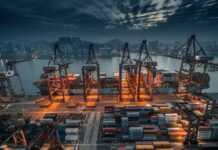If you think that biodegradable plastics and Oxo-degradable plastics happen to be similar, then think about it again. The fact is that Oxo-degradable plastic happens to be a normal plastic that is blended along with an additive so as to mimic biodegradation. It is neither a biodegradable plastic nor a bioplastic.
According to one of the studies conducted by Fact.MR, US$2.5 billion is the number that the worldwide oxo-degradable plastic market is all set to reach. Besides that, this figure is further going to grow at a CAGR of 5.8% until 2034. Fact.MR says that it is clearly increased environmental awareness that’s fuelling the demand for oxo-biodegradable plastic packaging in numerous sectors across the world, not a specific region.
The strength that they come with and also their flexibility play a critical role when it comes to their increased use, and hence, that’s what is throttling their market growth.
There is no difference in terms of functionality when we compare Oxo-biodegradable plastics to that of conventional plastics. The only distinct feature is that the former’s reusability happens to be limited vis-à-vis the latter. It is worth noting that oxo-biodegradable plastics go on to break down at a faster rate into small fragments that are called microplastics. This turns out to be way different from compostable and biodegradable plastics.
If we see a regional perspective, the oxo-biodegradable plastic packaging market, especially in the US is expected to see a surge in 2024 and reach US $400 million. Notably, the Oxo-degradable plastic sacks and bags will comprise almost 75% of the market share in 2024. The East Asia market is going to be no different, as it is also projected to see a rise at a CAGR of 6.5% until 2034. Call it a bent for tech upgrade or attribute it to the growing significance of environmentally sustainable packaging and the desire for it. South Korea in particular, in terms of oxo-biodegradable plastic packaging, is likely to reach US$ 300 million by the end of 2034. When we talk especially of the East Asia market, population has indeed proven to be a boon as it has created worthy opportunities for the manufacturers of oxo-biodegradable plastic packaging. The governments of these countries are any which ways looking out for options to mitigate plastic waste as well as pollution and at the same time wanting that the awareness in consumers is increased pertaining to eco-friendly packaging as well as the products pertaining to that are driving the progress of the market.
Oxo-biodegradable plastics have a long life in case they get stored in the four walls, and they do not create any sort of methane in case of degradation. Its major packaging application is in those products that have a short shelf life. Examples of these are the products that have to be made use of over a few months or may be bread-wrappers.




























